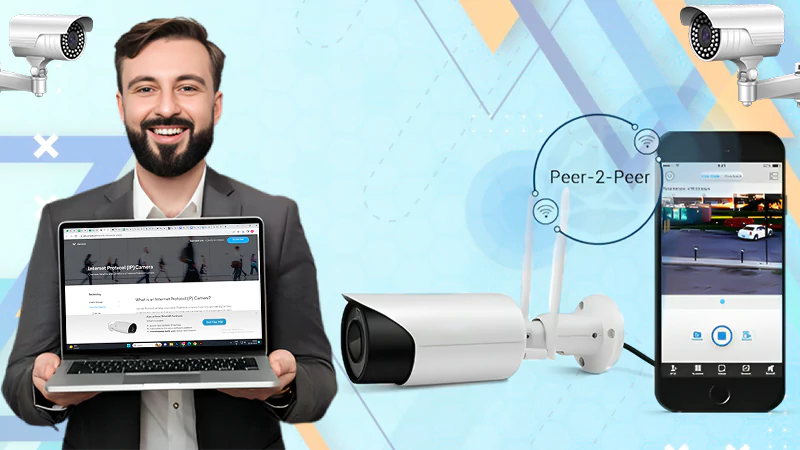How Telecom Companies Can Win in the Digital Revolution?
The e-commerce industry is experiencing tremendous domestic and international investment from various investors. For several reasons like innovative ventures, imaginative business models, financing, valuations, consumer offerings and profitability, digital trade discoveries position in daily news.
Start-ups and digital players have been able to deliver even better offerings, customer experience and lower prices than telcos through the digital revolution. Telephone companies need to move their attitude away from direct services to wholesale digital services. The integration of telecommunications and information technology means that creativity, competitiveness and competition need to be in place.
Examine the core respectively
Digitization affects almost every aspect of the business of a telecom administrator: Omnichannel deals. New customers interact in the middle of their consumer travel through various networks. Before shopping on the internet, consumers increasingly visit shops to take a gander at products, yet many more do the reverse, exploring items online before finishing their purchase in a shop. In each partnership, awesome client projects call for magnificence, transparent cross-channel channels, and a consistent customer encounter. Stores often need drastic change, not only to diminish their impression, but rather to change the customer experience they have.
Check for neighbours
To develop new services, several top-tier telecommunications firms have set up dedicated digital business units with funding for internal R&D. Most businesses are in the early stages of expanding their portfolios of digital services, while some have for years been providing a small range of services. These offers often include collaborations with third parties bringing professional experience to complement the good customer relationships and wide scope of telcos.
Telecom companies should aim to: to become a profitable multi service provider:
- Develop a centered product with consistent positioning, a well-defined value proposition, and a carefully tailored client segment for promising adjacent opportunities.
- Create platform-based technologies that are similar to the core company in disruptive technology areas but have additional growth opportunities.
- Using automated and “low touch” processes to reduce production and distribution costs.
- Push revenue by beginning with a simple portfolio of services to gain momentum and then designing one or two solutions for a specific organization with demonstrable benefits.
Production capacity and capabilities
We recommend that they focus more on nimbleness and learning than on anticipation and arrangement, which, as innovation-driven change continues to quicken, turn out to be less applicable and strong. They will need to promote an attitude tailored to the client’s learning, experimentation and repeatability.
IT fix up
Streamlining their application scene and institutionalizing and robotizing their IT system would be a need for most administrators. A noteworthy prevention in going up against deft computerized rivals is maturing and complex heritage IT applications.
Get started with the client and return to work
Most administrators think of the customer encounter as a progression of touchpoints-singular partnerships between the customer and different sections of the organization, such as customer benefit products, staff deals, and content promotion. Be that as it may, this ignores the pivotal piece of the image: the organization’s entire experience of the customer.
Final Words
So far, the telecommunications sector:
Traditionally, telecommunications has been about supplying the end user with a service; voice calling, messaging, etc. The telecoms sector has entered a period of gradual decline in the past five years, with sales growth declining.
However, digitalization is not only a challenge to the telecommunications industry, it has also created opportunities for telecommunications to restore their market positions, reimagine their business systems, and generate new consumer offerings.
Follow Us
Latest Post
















